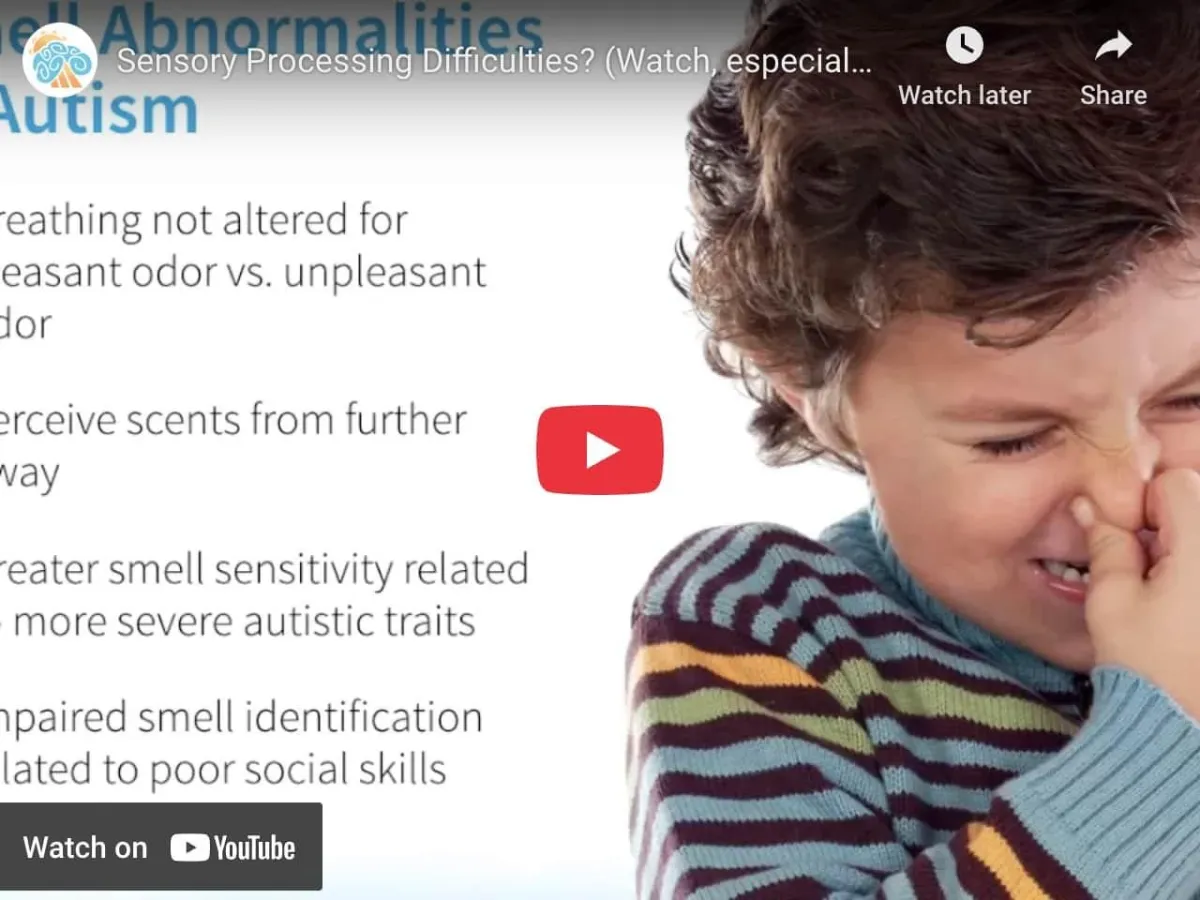
Variety and novelty are confirmed as important factors for success with a Sensory Enrichment Program
From an article published in Jan 2023, in eLife
Jadna Bogado Lopes, Anna N Senko, Klaas Bahnsen, Daniel Geisler, Eugene Kim, Michel Bernanos, Diana Cash, Stefan Ehrlich, Anthony C Vernon, Gerd Kempermann (2023) Individual behavioral trajectories shape whole-brain connectivity in mice eLife 12:e80379Environmental Enrichment is the field of neuroscience that studies the impact of sensory inputs, motor activities and social interactions on brain function and brain development.
One area of the brain that is particularly affected by environmental enrichment is the hippocampus. This region is important for learning and memory, and studies have found that animals living in enriched environments have a larger hippocampus than those living in impoverished environments.
Scientists found remarkable improvements in behavior and in the physiology of the brain in both young animals and humans when they were exposed to simultaneous olfactory and tactile stimulation, as opposed to olfactory or tactile stimulation alone.
Veyrac et al. (2009) demonstrated that exposing mice to different odorants on a daily basis increased memory and neurogenesis, whereas exposing them to a complex combination of odorants that did not vary over the exposure period was not effective. This variety appears to be a critical aspect of Sensory Enrichment.
This new study, published in eLife, confirms that novelty and variety are important factors of environmental enrichment. In that study mice who continued to engage in new ways with their environment showed significant structural differences, compared to the ones who showed signs of habituation to their environment.



